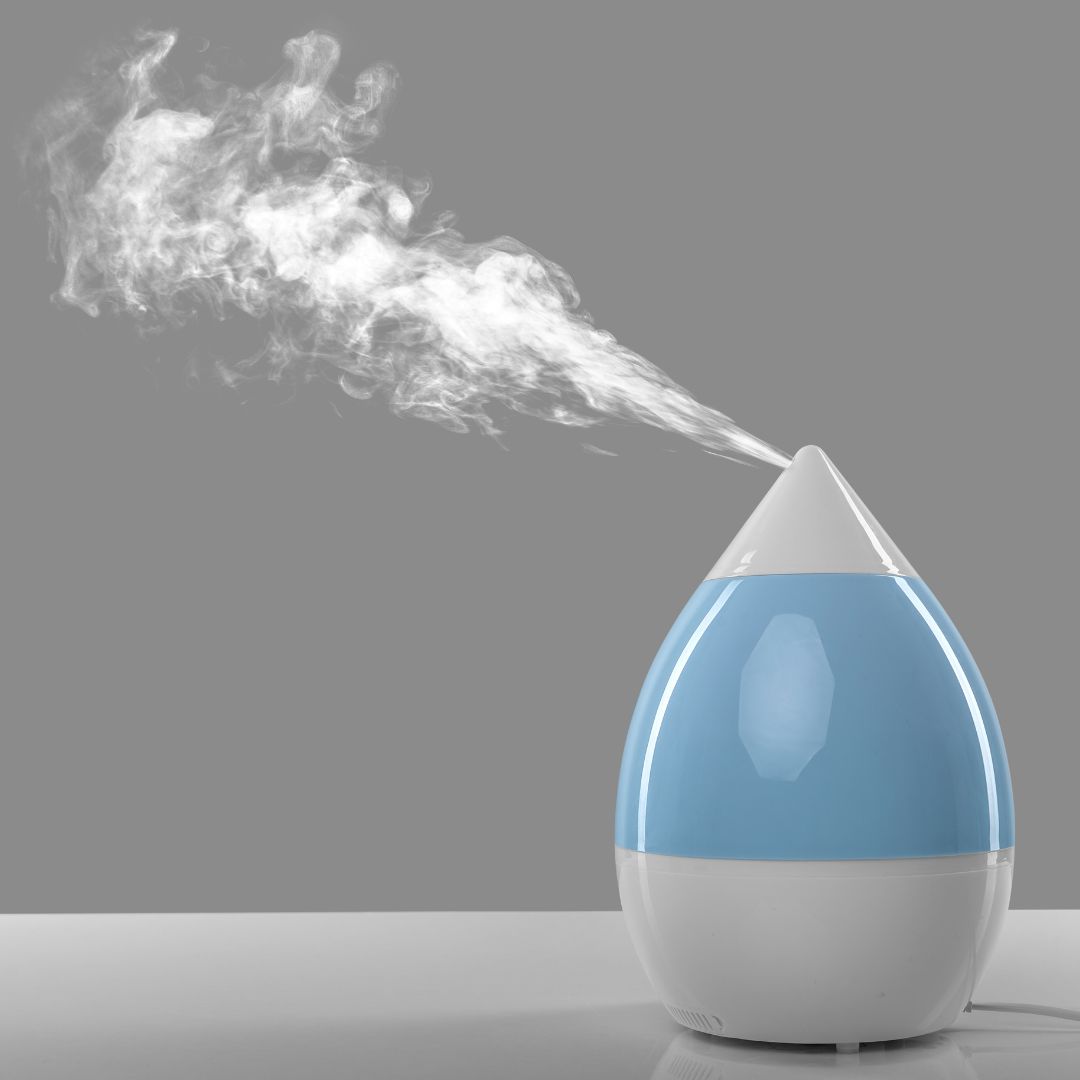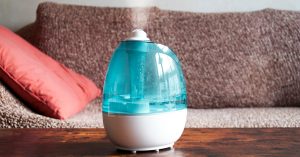Home Humidifiers Linked to Bacteria and Mold

Home humidifiers are great for relieving physical discomforts such as dry nose, throat, lips, and skin. Unfortunately, the excess moisture can encourage the growth of biological organisms in your home. These organisms include dust mites and molds. According to the EPA, studies show that ultrasonic and impeller (or “cool mist”) humidifiers can disperse microorganisms and minerals from their water tanks into indoor air.
 Microorganisms often grow in humidifiers that are equipped with tanks containing standing water. Breathing mist containing these microorganisms may cause inflammation of the lungs. The young, elderly, and those people with lung diseases or respiratory allergies may be particularly susceptible to certain microorganisms. Proper care and cleaning of your humidifier are important for reducing potential exposure to bacteria and mold.
Microorganisms often grow in humidifiers that are equipped with tanks containing standing water. Breathing mist containing these microorganisms may cause inflammation of the lungs. The young, elderly, and those people with lung diseases or respiratory allergies may be particularly susceptible to certain microorganisms. Proper care and cleaning of your humidifier are important for reducing potential exposure to bacteria and mold.
Types of Humidifiers
- Console humidifiers are encased in cabinets and designed for floor use.
- Portable humidifiers are smaller and able to be moved from room to room easily.
- Central humidifiers are built into heating and air conditioning systems.
According to the EPA, the two types of humidifiers which generally produce the greatest dispersions of microorganisms and minerals are:
- Ultrasonic
- Impeller or “Cool Mist”
Evaporative and steam vaporizer humidifiers equipped with a tank that holds water may also encourage the growth of microorganisms.
Tips for Use and Care
- Unplug the unit. Empty the tank, wipe all surfaces dry, and refill the water in portable humidifiers daily.
- Use water with low mineral content to prevent the build-up of scale and the dispersal of minerals into the air. Read Can I Use Tap Water in My Ultrasonic or Impeller Humidifier? to learn more about using water with low mineral content.
- Clean portable humidifiers every three days. Unplug the unit, empty the tank, and clean it thoroughly. Remove any scale, deposits, or film that has formed on the sides of the tank and wipe all surfaces dry.
- High humidity levels may encourage the growth of biological organisms in your home. If water condenses on windows, walls, or pictures, relocate the humidifier, lower its humidistat setting, or reduce its use.
- Do not permit the area around the humidifier to become damp or wet. If dampness occurs, turn the output volume down. If the humidifier cannot be turned down, use the humidifier intermittently. Do not allow absorbent materials, such as carpeting, to become damp.
Additional Sources of Information
For additional information on home humidifiers and other consumer products, contact the U.S. Consumer Product Safety Commission (CPSC) or see the CPSC Safety Alert Dirty Humidifiers May Cause Health Problems.




